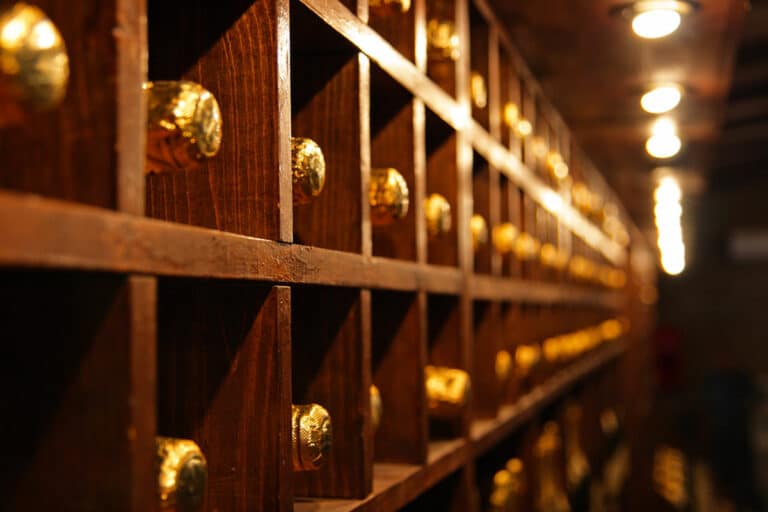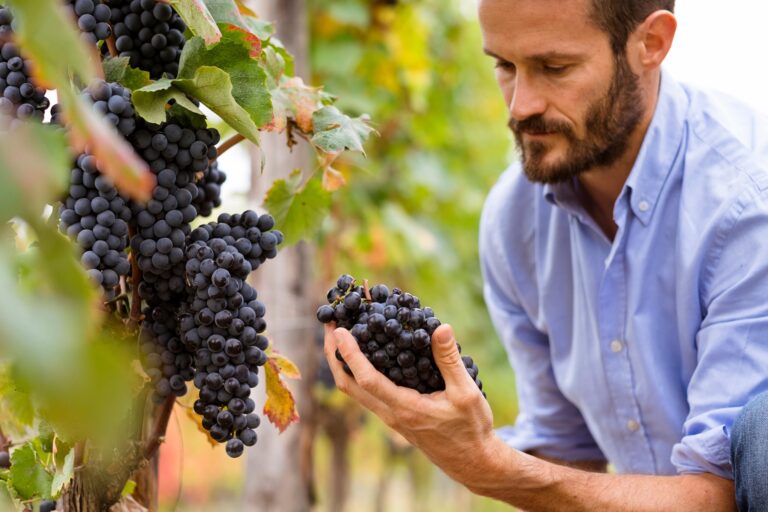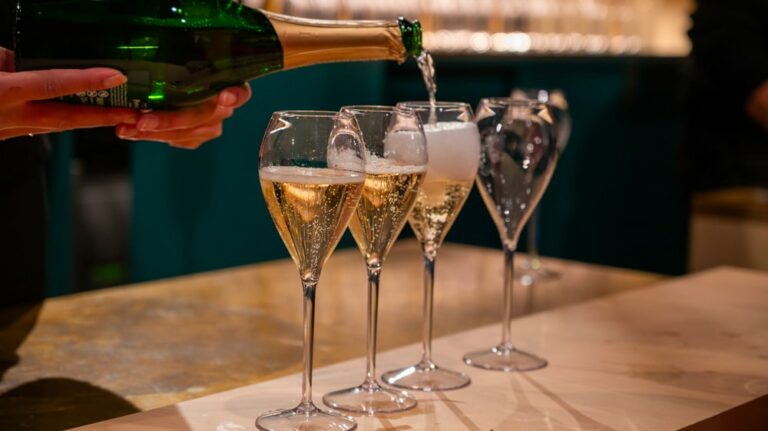Champagne is a wine of elegance, celebration, and refinement. But to preserve its aromatic richness, fine bubbles, and authenticity, it’s essential to store it properly. Whether you’re planning to drink it soon or age it for years to come, proper storage makes all the difference. Several factors come into play: light, temperature, humidity, bottle positioning, and storage duration.
In this guide, Champagne Delaunois Chanez, a producer of high-quality champagnes available for online purchase at champagne-delaunois-chanez.fr, shares expert tips on how to store Champagne in the best possible way.
Why Proper Champagne Storage Matters
Champagne is a living wine, sensitive to its surroundings. Poor storage can dull its freshness, ruin its aromas, flatten the bubbles, or even damage the label. On the other hand, ideal conditions will allow you to fully enjoy its complexity and elegance — and in some cases, age it to perfection.
Whether you’re a casual drinker or a connoisseur building a collection, these best practices apply to all bottles — including those from Champagne Delaunois Chanez, which you can easily order online from our official store.
Temperature: The Most Crucial Storage Factor
Temperature stability is key when storing Champagne. It should be kept at a constant temperature, ideally between 10°C and 12°C (50°F to 54°F). Fluctuations, especially sudden warming, can accelerate aging and affect the wine’s taste and balance.
Avoid:
Hot areas (near radiators, kitchens, sun-exposed rooms, attics…)
Refrigerators or freezers for long-term storage (too cold and dry)
Pro Tip:
If you don’t have a natural wine cellar, invest in a temperature-controlled wine fridge set within the optimal range.
Light: A Silent but Serious Threat
Champagne is very sensitive to light, especially UV rays, which can trigger what is known as “lightstruck” or “goût de lumière”, resulting in off flavors (think cooked cabbage or wet cardboard).
Best Practices:
Keep bottles away from direct sunlight and artificial light.
Avoid powerful LED lights in display cases.
If using a glass-fronted wine fridge or display, choose UV-filtered or dim lighting.
At Champagne Delaunois Chanez, we recommend storing bottles in a dark cellar or a closed cupboard, free from light exposure and temperature swings.
Humidity: Yes, It Matters!
Humidity affects both the integrity of the cork and the condition of the label. The ideal relative humidity for Champagne storage is between 70% and 80%.
If too dry: The cork may shrink, letting air in and oxidizing the wine.
If too humid: Mold can develop and labels may peel off.
Pro Tip:
Use a hygrometer to monitor humidity levels. If your space is too dry, add a bowl of water or a humidifier. If too humid, improve ventilation.
Bottle Position: Always Horizontal
Champagne bottles should be stored on their side, not upright. This keeps the cork moist and airtight, preventing air from sneaking in and spoiling the wine.
Exception:
If you plan to drink the bottle within a few weeks, keeping it upright in the fridge is acceptable. For anything longer, always store bottles horizontally.
Shelf Life: How Long Can Champagne Be Stored?
The shelf life of Champagne depends on its type:
Non-Vintage Champagne
Vintage Champagne
Can be aged 10 to 20 years, sometimes more.
Evolves with richer aromas like brioche, honey, or dried fruits.
Prestige Cuvées
👉 Explore our full range and order directly on champagne-delaunois-chanez.fr. Our champagnes are shipped with care and passion.
After Opening: How to Store Leftover Champagne
Once opened, Champagne starts losing its sparkle — but you can still enjoy it over the next 1 to 3 days with proper storage:
Use a Champagne stopper (airtight, preferably made for sparkling wines)
Store in the refrigerator immediately after serving
Avoid temperature swings or shaking
Bonus Tip: Protecting the Label
Labels tell the story of your bottle and enhance its visual appeal — especially if you’re collecting or gifting fine Champagne.
To preserve labels:
Keep bottles off the ground and away from moisture.
Use storage racks or wooden cases.
For special bottles, consider protective sleeves or foil wrappers.
Label your storage area instead of handling the bottles repeatedly.
Conclusion: Great Champagne Deserves Great Care
Champagne is delicate and noble. Whether it’s a festive bottle for tonight or a grand cuvée for a future celebration, how you store it truly matters. By following these simple yet effective tips — stable temperature, low light, high humidity, proper positioning — you’ll ensure your bottles maintain all their sparkle, complexity, and elegance.
Champagne Delaunois Chanez, based in the heart of the Champagne region, produces refined, expressive wines that deserve to be stored and enjoyed at their best. Our full collection is available for secure and easy online ordering on champagne-delaunois-chanez.fr.
Care for your Champagne — and it will reward you with every sip. 🥂






